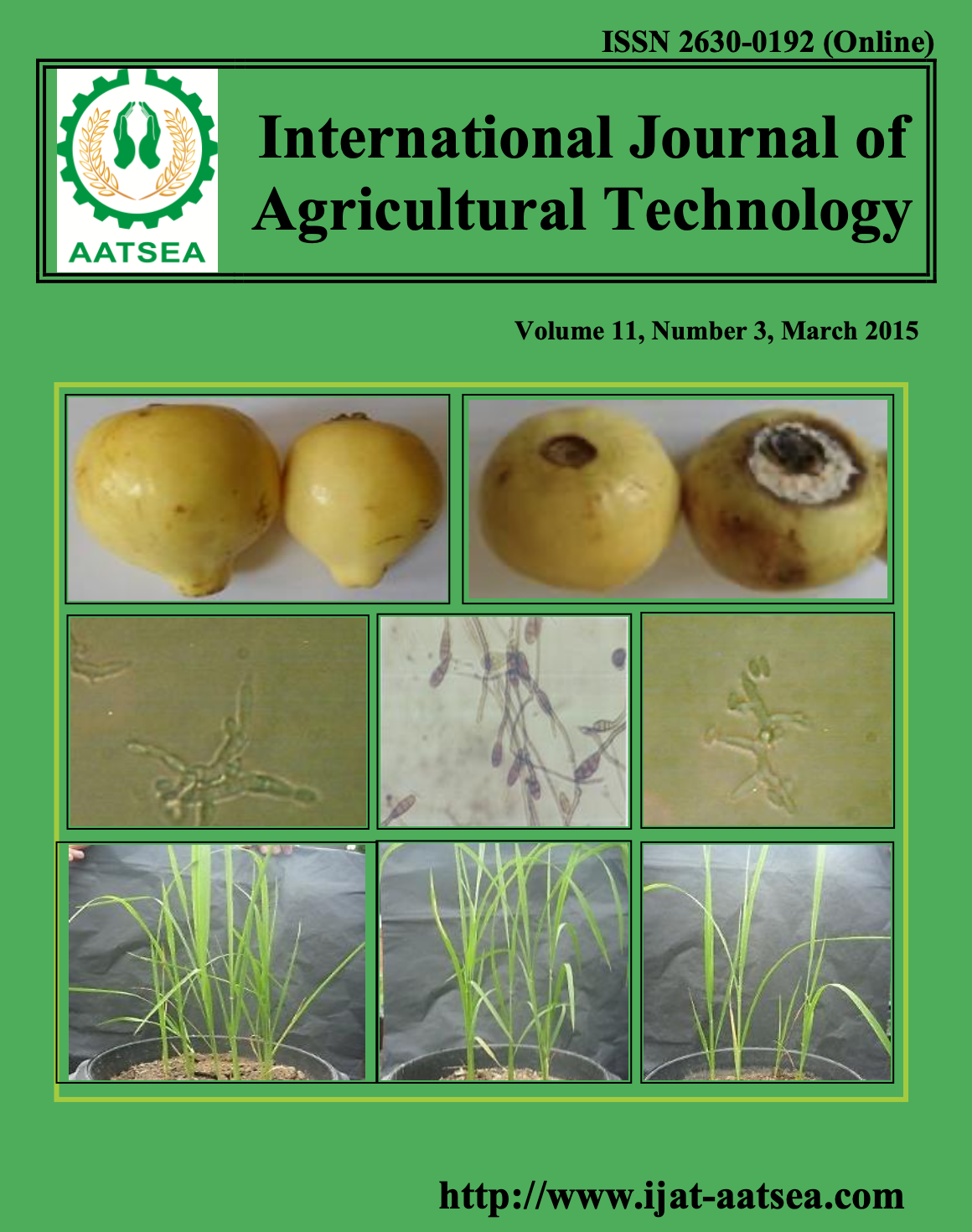Management of potato common scab through fertilizers
Main Article Content
Abstract
Article Details

This work is licensed under a Creative Commons Attribution-NonCommercial-NoDerivatives 4.0 International License.
References
Agriculture Statistics of Pakistan (2008). Statistic division. Ministry of Economic Affairs & Statistics, Federal Bureau of Statistics, Islamabad.
Bjor, T. and Roer, L. (1980). Testing the resistance of potato varieties to common scab. Potato Research 23:33-47.
Bohmer, C. J., Klinkenberg-Knol, E. C. and Niezen de Boer, M. C. (2000). Gastrooesophageal reflux disease in intellectually disabled individuals: how often, how serious, how manageable? American Journal of Gastroenterology 95:1868-1872.
Datnoff, L. E., Elmer, W. and Hober, D. M. C. (2007). Mineral Nutrition and Plant Disease. APS press. 278 pp.
FAO (2010). Production Yearbook. Rome, Italy: FAO.
Fotyma, M. and Zeiba, S. (1998). Przyrodnicze gospodarcz pod stawy wapnowania gleb. Państwowe Wydawnictwo Rolnicze i Leśne.
Grocholl, J. and Scheid L. (2002). Effect ofsulfur on potato yield and quality. 15th Triennial Conf. Hamburg. 240 pp.
Grzebisz, W. and Hard Ter, R. (2006). ESTA. Kizreyt, naturally siarczan magnezu. Natural manganese sulphide 81.
Heiko, Z. and John, P. C. (2010). Cross-protection: a century of mystery. Advances in Virus Research 76:211-264.
Keinath, A. P. and Loria, R. (1991). Effects of inoculum density and cultivar resistance on common scab of potato and population dynamics of Streptomyces scabies. American Potato Journal 68:515-524.
Klikocka, H. (2009). Influence of NPK fertilization enriched with S, Mg, and micronutrients contained in Liquid fertilizer INSOL 7 on potato tubers yield (Solanom tuberosum L.) and infestation of tubers with Streptomyces scabies and Rhizoctonia Solani. Journal of Elementology 14:271-288.
Klikocka, H., Haneklaus, S., Bloem, E. and Schnug, E. (2005). Influence of Sulfur fertilization on infection of tubers with Rhizoctonia solani and Streptomyces scabies. Journal of Plant Nutrition 28:819-833.
Lambert, D. H., Powelson, M. L. and Stevenson, W. R. (2005). Nutritional interacti¬ons influencing diseases of potato. American Journal of Potato Research 82:309-319.
Malik, N. J. (1995). Potatoes in Pakistan. World Matprinters, 8A. Saharwwardy Avenue: Islamabad 3:27-34.


